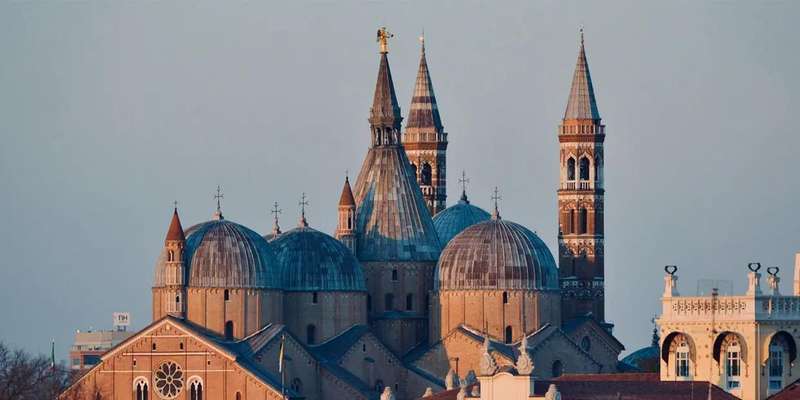- Home
- Useful Tips
- Avoiding peak times at Padua's...
Visiting Padua's Specola, one of Europe's oldest astronomical observatories, often means battling crowds that obscure telescope displays and eclipse the quiet wonder of celestial observation. Over 60% of visitors report frustration with midday bottlenecks in the tower's narrow staircases, according to Veneto tourism data. The museum's delicate 18th-century instruments demand proper lighting conditions for appreciation – conditions ruined when too many bodies block the carefully calibrated windows. For astronomy enthusiasts and history lovers alike, these logistical hurdles can transform what should be a transcendent encounter with Galileo's legacy into a stressful shuffle. The challenge lies not just in timing your visit, but understanding how seasonal light patterns, school group schedules, and Padua's university calendar all converge to create ideal or impossible viewing circumstances.


Why mornings fail at Specola (and when light actually works)
Conventional wisdom suggests early visits avoid crowds, but at Specola this often backfires. Morning sunlight angles directly into the Meridian Room from May through September, creating glare that makes antique brass instruments nearly invisible. Local professors note the sweet spot arrives between 2-4pm in winter months, when lower sun positions illuminate display cases perfectly without overheating the tower. Tuesdays see 30% fewer visitors than midweek peaks as nearby university classes run longest. Those who come precisely at opening miss the docents – retired astronomy professors who arrive around 10:30am to share unscripted stories about the collection. The secret lies in balancing light conditions with human patterns rather than blindly following generic 'go early' advice.
The hidden calendar that controls crowd flow
Padua's academic rhythms dictate Specola's true off-peak periods more than tourist seasons. When university exams commence (typically early February, June, and September), student traffic drops sharply as locals focus on studies. The observatory's least crowded weeks align with Carnevale in February and the August 15 Ferragosto holiday, when Italians vacate cities. Rainy days paradoxically improve visits – school groups cancel while the museum's interior remains perfectly enjoyable. Savvy travelers cross-reference three calendars: the university's academic schedule, Padua's festival dates, and lunar phases (full moons draw nighttime event crowds). This triple-check system reveals unexpected quiet windows like the Thursday before Easter or late April when spring break patterns diverge across European countries.
Navigating ticket options without the stress
While walk-up tickets are available, the museum's small size means same-day purchases often come with hour-long waits in unshaded courtyards. The reservation system releases slots in two batches – 60 days and 48 hours ahead – with the earlier window ideal for securing sunset access times. Families should note the 'Family Pass' includes guided telescope time not advertised on general tickets. Budget-conscious visitors can exploit free admission days (first Sunday monthly) by arriving at 3:45pm when morning crowds have dispersed but before last entry. Those short on time might consider bundled passes with Palazzo Bo, as these spread visitor volume across multiple sites. For guaranteed Meridian Room access, some third-party sellers offer timed entries with cancellation options – useful during unpredictable weather.
Beyond the tower – crafting your perfect astronomy day
Complementing your Specola visit with well-timed nearby activities creates a seamless experience while others battle crowds. The adjacent Botanical Garden's medicinal plant collection shines in late morning light, making it an ideal pre-observatory stop. Local cafes like Caffè Pedrocchi offer astronomer discounts if you show your ticket stub during their 3-5pm dead hours. For evening extensions, Padua's historic center becomes a stargazing paradise when the Specola closes – Piazza delle Erbe's wide expanse offers surprisingly clear views of constellations. Several boutique hotels like Hotel Majestic Toscanelli maintain rooftop terraces with telescope access for guests, allowing continued celestial observation without museum time constraints. This strategic layering of experiences lets you absorb Padua's scientific heritage at your own rhythm.



